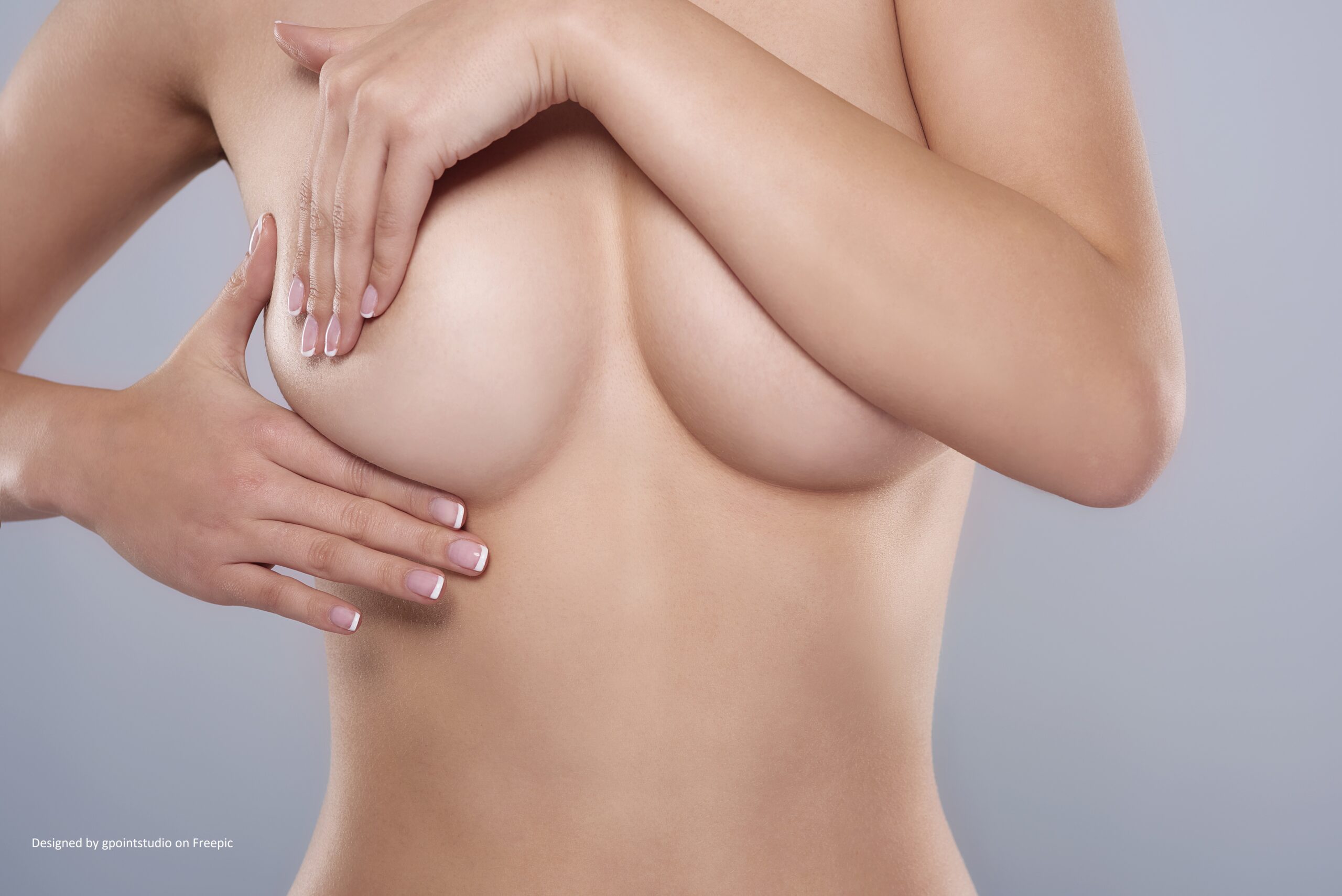
Perineorrhaphy Surgery: Who Needs It, and How It Helps Improve Pelvic Health
Perineorrhaphy surgery has become an increasingly recommended procedure for women who experience postpartum perineal trauma, pelvic floor weakness, or discomfort […]
Breast surgery has become increasingly popular, offering a variety of procedures to address different aesthetic and medical needs. Whether you’re […]

Breast surgery has become increasingly popular, offering a variety of procedures to address different aesthetic and medical needs. Whether you’re looking to enhance your appearance, reconstruct after a mastectomy, or alleviate discomfort, understanding the types of breast surgeries available can help you make an informed decision. This guide covers the most common breast surgeries, their ideal candidates, and what to expect from each procedure.
Overview: Breast augmentation, also known as augmentation mammoplasty, involves using implants or fat transfer to increase the size of the breasts.
Ideal Candidates:
Procedure: Implants (saline or silicone) are placed under the breast tissue or chest muscles. Alternatively, fat can be transferred from other parts of the body to the breasts.
For a deeper dive into Breast Augmentation, read our full guide on Everything you need to know about Breast Augmentation
Overview: A breast lift, or mastopexy, raises and reshapes sagging breasts by removing excess skin and tightening surrounding tissue.
Ideal Candidates:
Procedure: Excess skin is removed, and the breast tissue is reshaped. The nipples and areolae are repositioned for a more youthful appearance.
Overview: Breast reduction surgery, or reduction mammoplasty, removes excess breast fat, glandular tissue, and skin to achieve a breast size in proportion with the body.
Ideal Candidates:
Procedure: Excess breast tissue and skin are removed, and the remaining tissue is reshaped. The nipples and areolae may be repositioned.
Overview: Breast reconstruction aims to restore the breast shape after a mastectomy (breast removal due to cancer) or other trauma.
Ideal Candidates:
Procedure: Reconstruction can involve the use of implants, autologous tissue (tissue from another part of the body), or a combination of both.
Overview: This procedure uses liposuction to take fat from other parts of the body and inject it into the breasts.
Ideal Candidates:
Procedure: Fat is harvested through liposuction, purified, and then injected into the breasts.
Overview: This surgery alters the size, shape, or position of the nipples and areolae, often performed in conjunction with other breast surgeries.
Ideal Candidates:
Procedure: Techniques vary but can include reducing the diameter of the areolae or correcting inverted nipples.
Overview: This procedure reduces breast size in men with gynecomastia, a condition of overdeveloped or enlarged breasts.
Ideal Candidates:
Procedure: Excess fat and glandular tissue are removed through liposuction or excision techniques.
Understanding who benefits most from each type of breast surgery is crucial for making an informed choice. Here’s a summary:
Pre-Operative Consultation: Discuss goals, medical history, and expectations with your surgeon. A physical exam and imaging may be conducted.
Surgery Day: Procedures are typically performed under general anesthesia. The duration varies depending on the type and extent of surgery.
Recovery: Recovery times differ, but generally:
Post-Operative Care: Follow your surgeon’s instructions, including wearing compression garments, avoiding strenuous activities, and attending follow-up appointments.
Like any surgery, breast procedures carry risks such as infection, scarring, changes in nipple sensation, and complications from anesthesia. Discuss these risks with your surgeon to understand and mitigate them.
Costs vary widely based on the type of surgery, location, and surgeon’s expertise. Here’s a rough estimate:
1. Turkey: Known for high-quality, affordable cosmetic procedures.
2. Brazil: Famous for skilled surgeons and advanced techniques.
3. South Korea: Renowned for precision and innovative approaches.
4. Iran: Emerging as a cost-effective destination with experienced surgeons.
5. United States: Offers top-tier medical care and cutting-edge technology.
Research in breast surgery is continuously evolving, focusing on improving techniques and outcomes. Key areas of advancement include:
1. Is Breast Surgery Painful?
Post-operative pain is common but manageable with medications. Pain levels vary by procedure and individual tolerance.
2. Will Breast Surgery Leave Scars?
Scarring is inevitable but can be minimized with proper surgical techniques and post-operative care. Scars typically fade over time.
3. How Long Do Results Last?
Results can be long-lasting, especially with a stable weight and healthy lifestyle. However, aging and gravity can affect long-term outcomes.
4. What Are the Risks of Breast Surgery?
Risks include infection, bleeding, scarring, changes in sensation, and complications from anesthesia. Discuss these with your surgeon.
5. How Much Does Breast Surgery Cost?
Costs vary widely based on the procedure, surgeon, and location. Insurance may cover reconstructive surgery.
6. Can Men Have Breast Surgery?
Yes, men with gynecomastia can undergo breast reduction surgery to achieve a more masculine chest contour.
7. How Should I Prepare for Breast Surgery?
Preparation includes a medical evaluation, discussing goals with your surgeon, and following pre-operative instructions. Stop smoking and avoid certain medications as advised.
8. What Should I Expect During Recovery?
Recovery involves rest, avoiding strenuous activities, and attending follow-up appointments. Swelling and bruising are common initially.
9. Are There Non-Surgical Alternatives?
For some goals, non-surgical options like fat transfer or injectable fillers might be considered, but they typically offer more modest results.
Breast surgery offers a range of procedures to meet diverse aesthetic and medical needs. Understanding the types, ideal candidates, and what to expect can help you make an informed decision. Whether you’re considering breast augmentation, reduction, lift, or reconstruction, it’s crucial to consult with an experienced surgeon to discuss your goals and options.
Summary